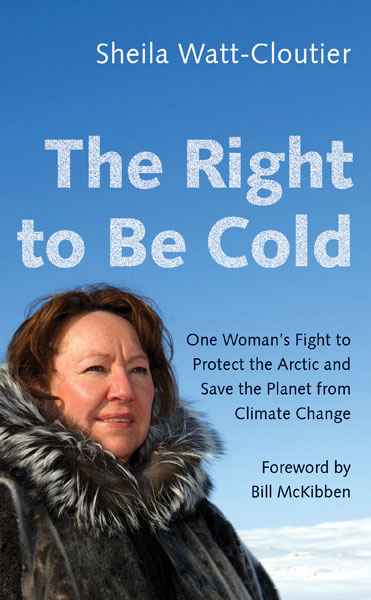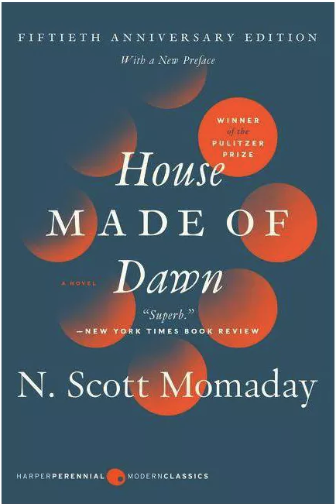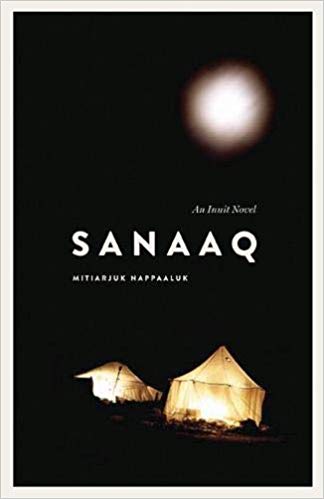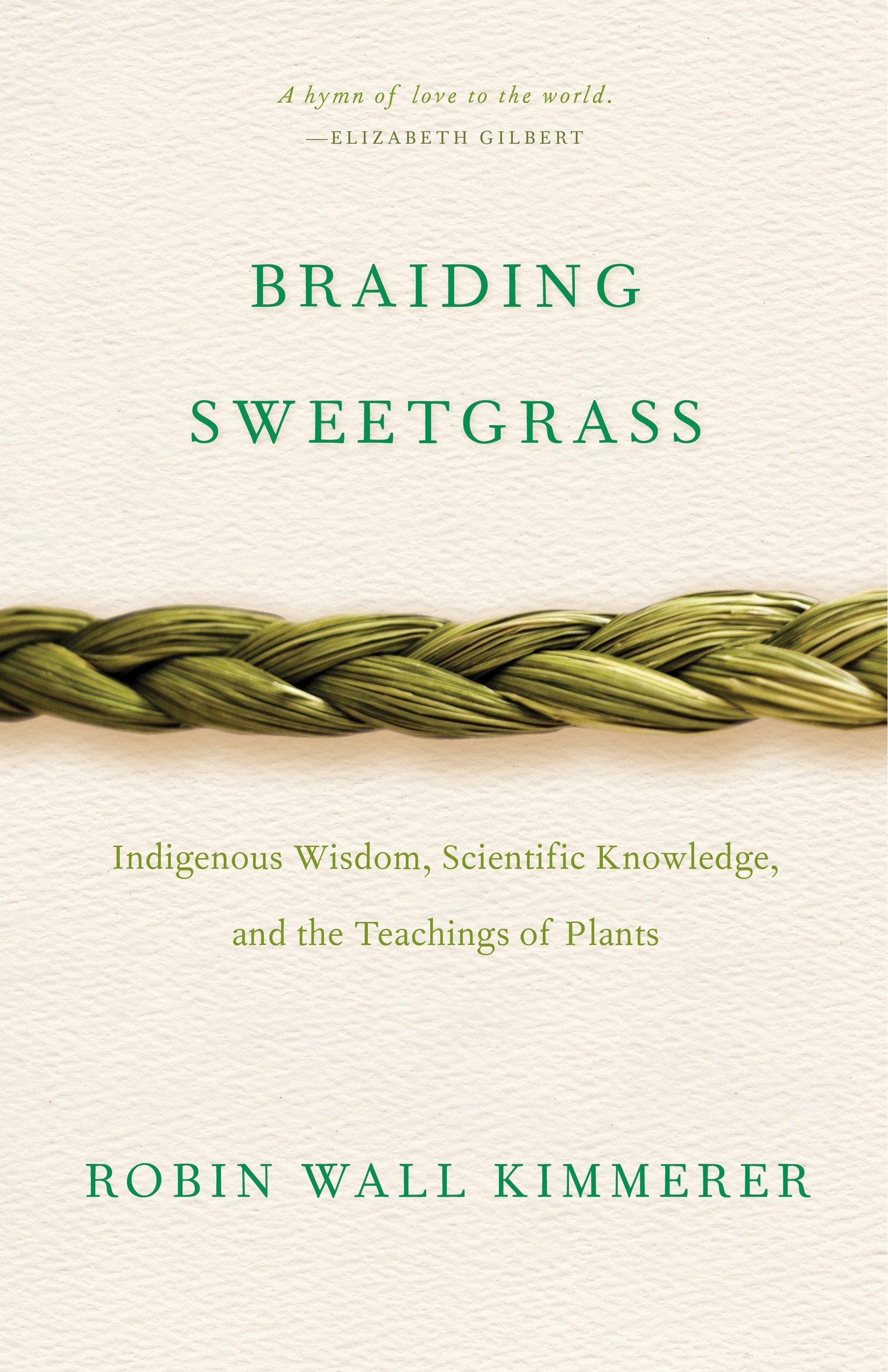 Meme artwork courtesy of @uyarakq on twitter
Meme artwork courtesy of @uyarakq on twitter
If you’re interested in taking on that task in 2020 and reading some Inuit and indigenous literature, please join us for our new monthly book club, Stories from the North. Led by Detroit-based Powhatan storyteller Elizabeth James. The bookclub will be meeting in the Eleanor Noyes Crumpacker gallery, among the works in Reflections: An Ordinary Day. Books will be available for sale in the UMMA Shop, and participants will receive a 10% discount.
This exhibition, on display until May, showcases contemporary Inuit prints, drawings, and sculptures that portray seemingly ordinary reflections of daily life along with daydreaming meditations. This exhibition is made possible by the Power Family Program for Inuit Art, established in 2018 through the generosity of Philip and Kathy Power.
Feel free to RSVP and share the event with your friends on Facebook here.
January 19, 2020 at 3 p.m.

"A Courageous and Revelatory Memoir"
The Right to Be Cold: One Woman's Story of Protecting Her Culture, the Arctic and the Whole Planet from Climate Change
By Sheila Watt-Cloutier
A “courageous and revelatory memoir” (Naomi Klein) chronicling the life of the leading Indigenous climate change, cultural, and human rights advocate
- Named one of the best books of 2015 by The Globe and Mail
- “Sheila Watt-Cloutier combines traditional wisdom, the tools of science and law, and head and heart and spirit to tell a powerful story we need to hear.” —Robin Wall Kimmerer, author of Braiding Sweetgrass: Indigenous Wisdom, Scientific Knowledge, and the Teachings of Plants [our April book club selection!]
- "In a candid, heartfelt memoir that concentrates on her lifelong activism, Watt-Cloutier shares stories about her upbringing and her development into an adult whose passion is the protection of the indigenous Inuit. Sheila Watt-Cloutier is giving all of humanity a much-needed wake-up call."—Foreword Reviews
- "A detailed, compelling portrait of a woman chronicling her dedication to protecting Inuit culture. This memoir will appeal to readers who enjoy books about environmental activism and indigenous cultures."—Library Journal
February 16, 2020 at 3 p.m.

A Young Native American Caught Between Two Worlds
House Made of Dawn [50th Anniversary Ed]: A Novel (P.S.) Anniversary Edition
by N. Scott Momaday
A young Native American, Abel has come home from war to find himself caught between two worlds. The first is the world of his grandfather’s, wedding him to the rhythm of the seasons, the harsh beauty of the land, and the ancient rites and traditions of his people. But the other world—modern, industrial America—pulls at Abel, demanding his loyalty, claiming his soul, and goading him into a destructive, compulsive cycle of depravity and disgust.
- The 1969 Pulitzer Prize winner in fiction
- “Superb.”—New York Times Book Review
- “Authentic and powerful...Anyone who picks up this novel and reads the first paragraph will be hard pressed to put it down.”—Cleveland Plain Dealer
- “Both a masterpiece about the universal human condition and a masterpiece of Native American literature. . . . A beautiful artistic object, a book everyone should read for the joy and emotion of the language it contains.”—The Paris Review
- “Mr. Momaday has a superb sense of imagery....There is a rich treasury of Pueblo Indian lore on almost every page.”—Baltimore Sun
March 22, 2020 at 3 p.m.

The First Novel Written in the Inuttitut Language
Sanaaq: An Inuit Novel
by Mitiarjuk Nappaaluk (Author), Peter Frost (Translator).
In the early 1950s, Mitiarjuk Nappaaluk was asked by a priest working in Kangiqsujuaq in northern Quebec to write down some Inuttitut phrases to assist him in the study of the language. At the age of twenty-two, Nappaaluk began writing but did not stop at mere phrases. She invented a group of characters and events and, over the next twenty years, wrote the first Inuit novel, simultaneously reinventing the novel form.
- “It is not up for debate whether or not an Inuk woman has written what non-Inuit may call a novel; it is not up for debate whether or not Inuit knowledge has vanished. This is a book filled with tradition, the tradition that still lies within the blood of every Inuk in Canada. It is a book about the strength, courage, and love of family by one Inuk woman and how each of these traits were passed on by her own community, uninterrupted and with tenderness, allowing other Inuit to follow along the path Sanaaq has broken for us all.” —Norma Dunning, Etudes/Inuit/Studies
- “Despite being a figure of great literary and cultural importance, Mitiarjuk and her work are almost entirely unknown in English-speaking Canada.... Sanaaq may be read as an ethnographic or historical document, but to do so would be to miss the skill and complexity of the storytelling. The novel is a creative and critical intervention into the process of representing Inuit experience.”—Keavy Martin, Studies in Canadian Literature
- "This simply told tale captures the stark and sometimes brutal reality of life in the Far North."—Monique Polak, Montreal Gazette
April 19, 2020 at 3 p.m.

"A Hymn of Love to the World."
Braiding Sweetgrass: Indigenous Wisdom, Scientific Knowledge and the Teachings of Plants
by Robin Wall Kimmerer
Drawing on her life as an indigenous scientist, a mother, and a woman, Kimmerer shows how other living beings—asters and goldenrod, strawberries and squash, salamanders, algae, and sweetgrass—offer us gifts and lessons, even if we’ve forgotten how to hear their voices.
- “A hymn of love to the world.”—Elizabeth Gilbert, author of City of Girls and Big Magic
- “It is the way she captures beauty that I love most—the images of giant cedars and wild strawberries, a forest in the rain and a meadow of fragrant sweetgrass will stay with you long after you read the last page.”—Jane Goodall
- “A mesmerizing storyteller, she shares legends from her Potawatomi ancestors to illustrate the culture of gratitude in which we all should live.”—Publishers Weekly
- “Industrial societies lack the understanding of the interrelationships that bind all living things—this book fills that void. I encourage on and all to read these instructions.”—Oren Lyons, Faithkeeper, Onondaga Nation and Indigenous Environmental Leader
